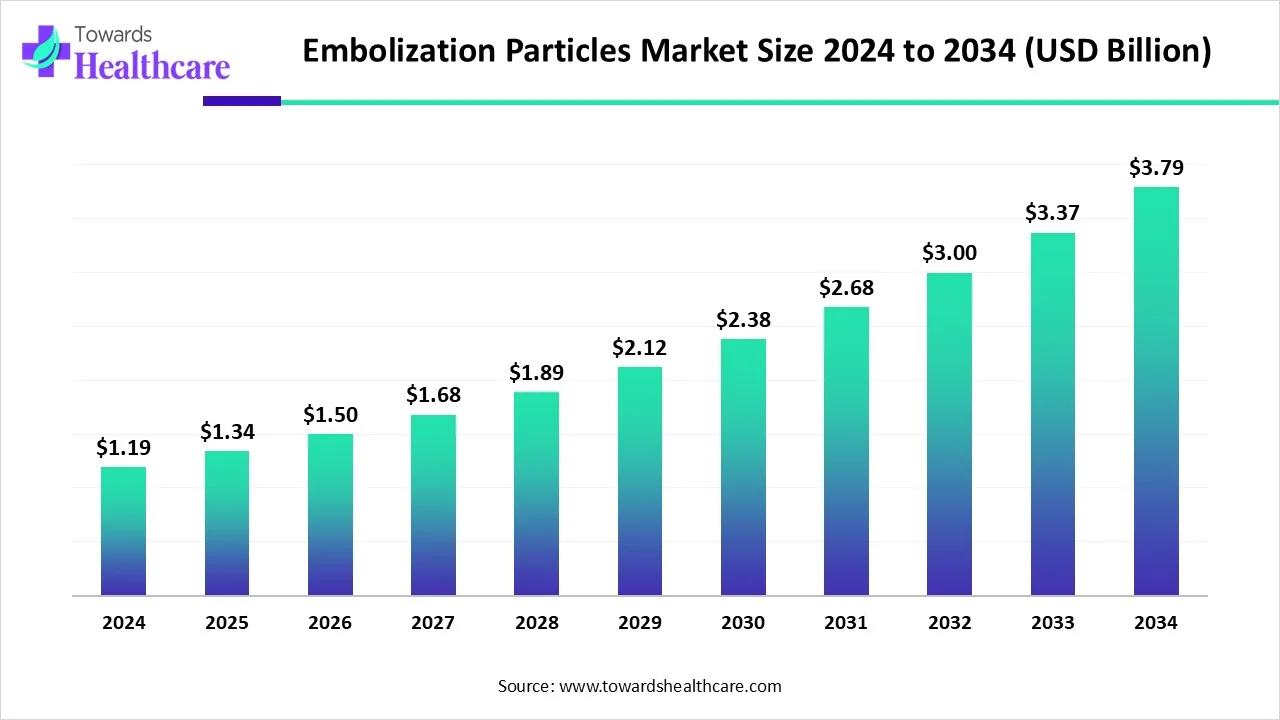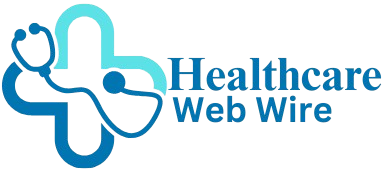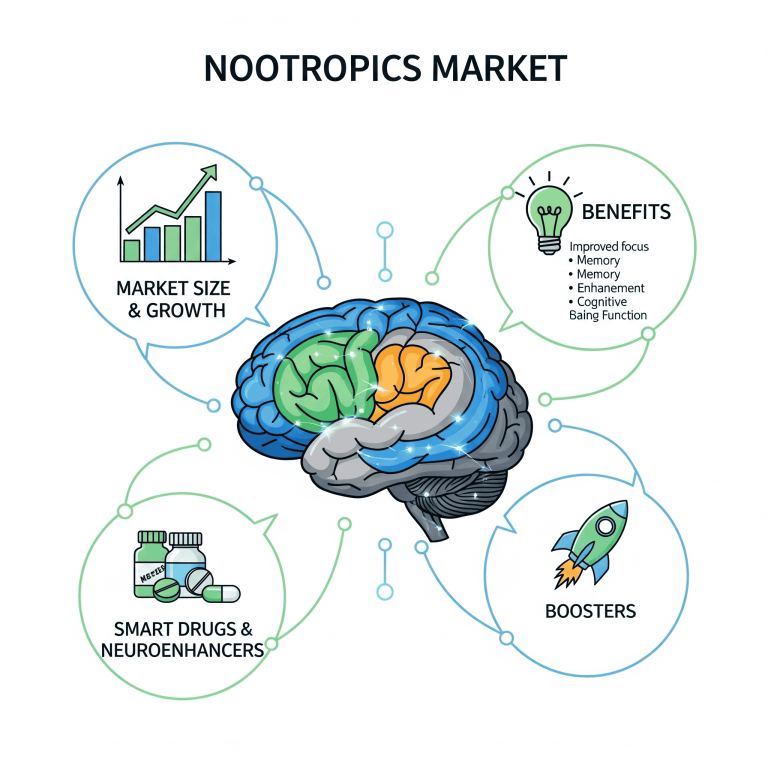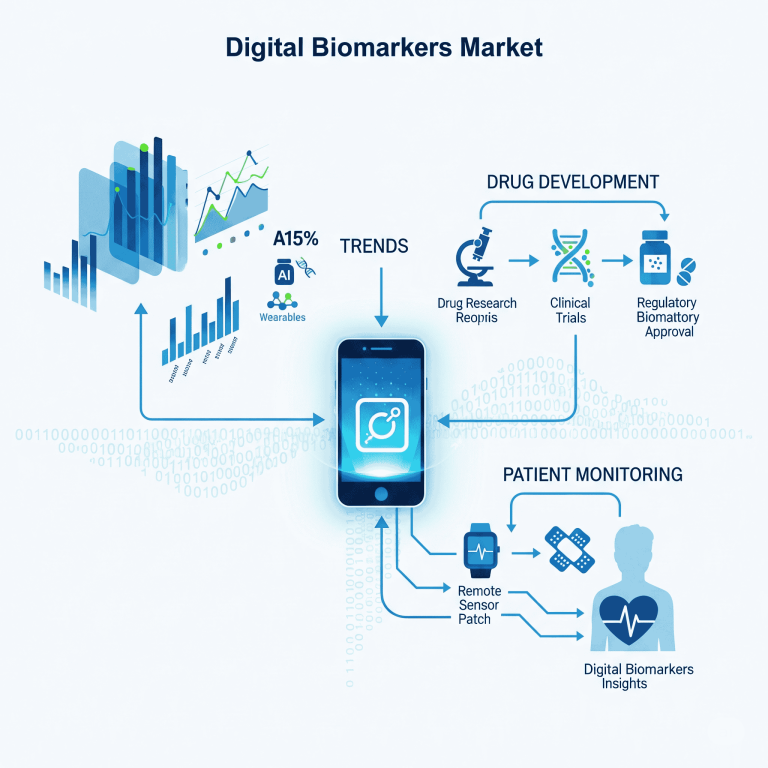
The global embolization particles market is set to experience robust expansion, growing from USD 1.19 billion in 2024 to USD 3.79 billion by 2034, with a projected Compound Annual Growth Rate (CAGR) of 12.27% from 2025 to 2034. This remarkable growth is fueled by the rising demand for minimally invasive procedures, especially in the treatment of cancer and vascular diseases, as well as continuous innovations in embolic technologies and materials.

Embolization particles are microscopic agents used to block or reduce blood flow to specific areas, commonly applied in procedures targeting tumors or abnormal vascular conditions. With the medical industry’s push toward less invasive techniques, embolization therapy is increasingly favored for its lower patient trauma, reduced hospital stays, and quicker recovery.
Invest in Our Premium Strategic Solution: https://www.towardshealthcare.com/download-databook/5790
Key Market Highlights
-
The embolization particles market is valued at over USD 1.19 billion in 2024.
-
Market valuation is expected to reach USD 3.79 billion by 2034.
-
12.27% CAGR projected from 2025 to 2034.
-
North America accounted for the highest revenue share in 2024.
-
Asia Pacific is anticipated to grow at the fastest rate during the forecast period.
-
The radioembolization segment led the market by product type in 2024.
-
The drug-eluting beads segment is projected to expand at the fastest CAGR.
-
In terms of application, oncology held the largest market share in 2024.
-
The peripheral vascular disease segment is expected to grow rapidly through 2034.
Market Trends Shaping the Future
Rise in Government and Industry Collaborations
-
In March 2025, Alberta’s government committed USD 800 million in partnership with Siemens Healthineers and the Alberta Cancer Foundation to improve early cancer detection.
-
SINTX Technologies and NED Medical announced a Joint Development Agreement in November 2024 to design ceramic microsphere medical devices for cancer treatment.
-
In February 2025, BridGene Biosciences and Takeda formed a collaboration to develop targeted small-molecule drugs in immunology and neurology.
These partnerships are not only enhancing the innovation landscape but also broadening the scope of embolization technologies.
Get All the Details in Our Solutions – Access Report Preview: https://www.towardshealthcare.com/download-sample/5790
Innovations in Embolization Materials
One of the most promising areas of development lies in biocompatible materials, customized particle sizes, and precision drug delivery capabilities. These advancements aim to improve therapeutic outcomes while minimizing side effects, positioning embolization particles as a cornerstone in modern interventional radiology.
Market Dynamics
Growth Drivers
-
Minimally invasive therapies are becoming standard practice due to their clinical advantages.
-
The development of drug-eluting beads enhances targeted chemotherapy effectiveness.
-
Technological improvements in imaging systems are increasing procedural accuracy and success rates.
Market Restraints
-
High procedural costs due to advanced imaging and customized embolic agents.
-
Potential safety concerns such as non-target embolization or allergic reactions to agents.
Opportunities on the Horizon
-
New biocompatible and biodegradable materials for embolization particles.
-
Increasing application in oncology, uterine fibroids, and prostate artery embolization.
-
Growing interest in personalized embolization therapy using custom-sized particles for patient-specific treatment.
If you have any questions, please feel free to contact us at sales@towardshealthcare.com
Segmental Insights
Radioembolization Leads the Market
In 2024, the radioembolization segment dominated due to the rise in liver cancer, uterine fibroids, and peripheral vascular disease cases. Enhanced imaging and radiology advancements are further promoting the adoption of this segment globally.
Oncology: A Key Application Area
The oncology segment held the largest revenue share in 2024, owing to the increasing use of embolization in TACE (Transarterial Chemoembolization) and TARE (Transarterial Radioembolization) procedures. Rising cancer incidence, particularly liver, lung, and colorectal cancers, will continue to drive this segment.
Meanwhile, the peripheral vascular disease application is set to be the fastest-growing due to increasing prevalence of PAD, AVMs, and atherosclerosis alongside demand for less invasive treatment options.
Regional Insights
North America Dominates the Market
The United States leads due to a well-established healthcare infrastructure, significant R&D investments, and a high prevalence of target diseases like cancer and stroke. The region’s stronghold is further supported by innovations in delivery systems and real-time imaging.
In June 2025, the International Atomic Energy Agency (IAEA) and MedAccess launched a partnership to enhance access to cancer care, boosting the embolization market in the U.S.
Canada Gains Momentum
Canada is showing steady growth, driven by healthcare modernization, regulatory streamlining, and investment in clinical research and medical technologies.
Asia Pacific Emerges as a Growth Hotspot
The Asia Pacific region is projected to register the fastest CAGR over the forecast period. Population growth, increased cancer cases, and rising awareness around minimally invasive therapies are contributing significantly. Countries like India and China are at the forefront, supported by government initiatives and increasing investments in oncology research and technology.
In India, growing public health awareness and support for medical tourism are shaping the market landscape. In China, increasing liver cancer cases and robust government support for targeted therapy development are driving adoption.
Noteworthy Developments by Industry Leaders
-
University of Texas MD Anderson Cancer Center and its partners invested in six new cancer research projects in November 2024.
-
ARC Innovation closed a $5.1 million funding round for Starget Pharma to enhance targeted radiotherapy.
-
In October 2024, Boston Scientific unveiled the AVVIGO+ Multi-Modality Guidance System to support advanced embolization procedures.
-
Olympus Korea introduced iTind, a minimally invasive solution for benign prostate enlargement in March 2025.
-
Bangkok Heart Hospital launched a minimally invasive cardiac surgery program in June 2025.
To access the full market report : https://www.towardshealthcare.com/price/5790




